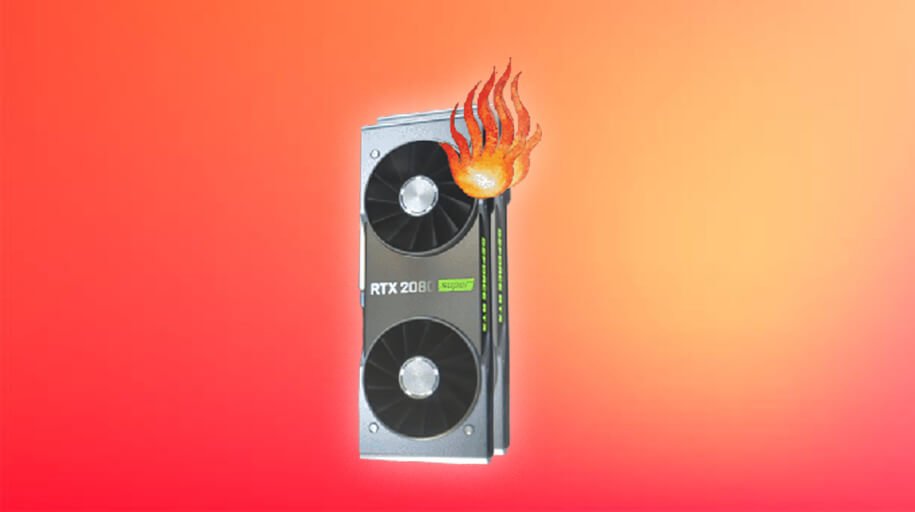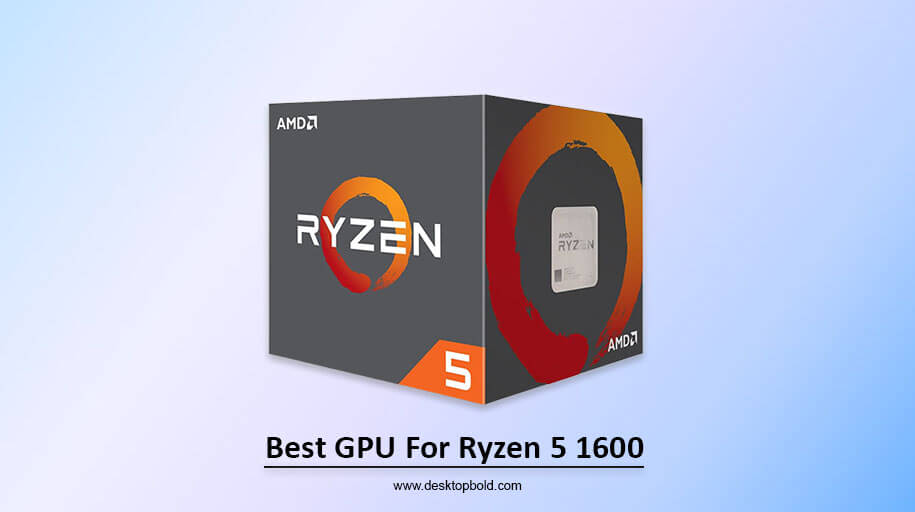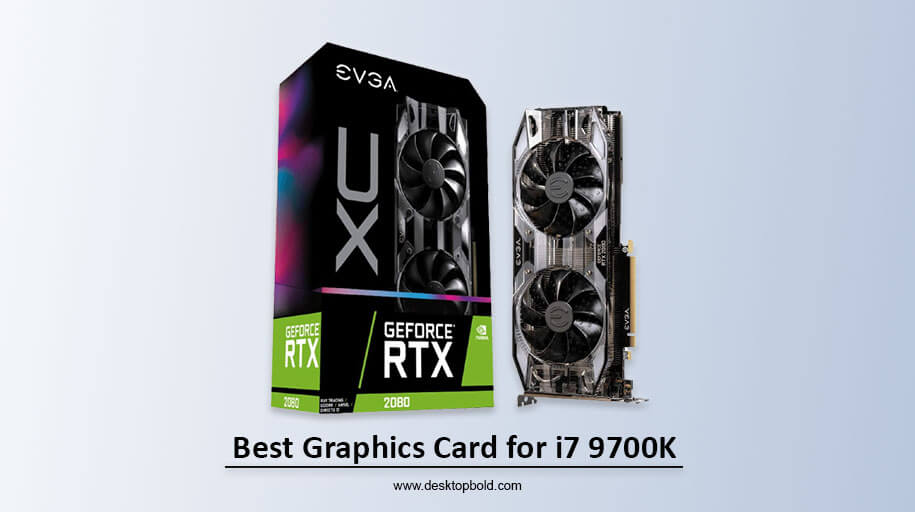Anyone with a computer for over a few years has probably checked their graphics processing unit (GPU) and central processing unit (CPU) temperatures. Because that’s where most people go first when their computer’s fans start making a lot of noise or its performance suddenly dips. In any case, that’s the quickest method to find out whether your graphics card is becoming too hot.
This debate is 80 degrees Celsius hot for a GPU and has been long and continuous. Some say that it is, while others claim that it is not. However, most think 80 degrees Celsius is too hot for a GPU. Here are some reasons why:
- GPUs are designed to operate at lower temperatures.
- Higher temperatures can lead to decreased performance and shorter lifespan.
- Therm throttling is risky when the temperature gets too high.
- Overheating can cause damage to the internal components of the GPU.
Using a GPU at such high temperatures is not recommended for extended periods.
While there are some benefits to running a GPU at 80 degrees Celsius, such as increased overclocking headroom, the risks and downsides far outweigh the benefits. Running their GPU at such high temperatures is not worth the chance for most people.
What happens when your GPU temperature rises to 80 degrees

It’s essential to examine what happens to a GPU when the temperature rises to 80 degrees to determine whether that’s too high. The typical temperature for a GPU to operate is roughly 65 degrees, as reported by AVG. That’s the sweet spot when everything runs well. Indeed, GPUs are optimized for operation at such a temperature and perform best when maintained at that level.
Reduced performance and shorter lifespans may result from running at considerably lower temperatures, But what happens when the temperature rises? The GPU is still within its safe working range at 80 degrees, but the AVG figures imply that 85 degrees is the maximum.
Many NVidia GPUs are built to function securely up to 90 degrees, while AMD GPUs can go up to 110 degrees (depending on the model). That indicates it’s still safe to travel at 80. The GPU will not freeze or malfunction until the temperature rises above 80 degrees. However, using a graphics card at such a high temperature has immediate and future consequences.
Temporary effects of overheating
Is 80 degrees too hot for a GPU? Before answering this question, we should analyze whether our GPU occasionally operates in high or long-term temperatures. For a short time, 80 degrees is acceptable and safe. It’s normal for this kind of temperature to exist throughout the operation. Putting too much stress on the system is not something you are doing. The video card won’t overheat and fail. Despite its constant use, the fan should stay energized.
The state of affairs is normal. When operating your computer, if the temperature of your graphics processing unit (GPU) sometimes reaches 80 degrees, that does not always cause alarm, mainly if it’s the highest temperature the card ever reaches.
Long-term effects of overheating
However, the long-term effects may be another matter entirely. It’s normal for a GPU’s temperature to rise periodically beyond 80 degrees. Long-term damage may occur if your card is consistently exposed to such a temperature.
Here’s another way to look at things. When the temperature reaches 80 degrees, it’s close to the upper limits of safe operation. If that’s the case, you should expect your fan’s speed to be relatively high. It also indicates that the card is working hard and likely using as much power as possible. Over time, a graphics card fan that must operate at its thermal limits might wear down much faster than usual. With the increased power consumption comes an increased burden on the circuitry, which may speed up the ageing process.
The improper performance caused by overheating

If the temperature of a silicon chip rises over its acceptable working range, it may malfunction or fail. However, depending on the manufacturer-set restrictions in the BIOS, contemporary processors will begin throttling far before they reach that number. If a CPU becomes too hot, it will shut down entirely, while graphics cards’ clock speeds will be reduced to a quarter of their typical levels.
However, why do we have to adhere to these restrictions? At what temperature does a silicon microprocessor fail? It hurts both performance and hardware reliability. In that case, they would have included a few safeguards in the design.
The primary issue with operating at unsafe temperatures is leakage currents, which may lead to even more overheating and thermal runaway inside the chip. When temperatures rise to dangerous levels, “noise” prevents signals from being read, leading to program failure or termination. At a certain point, the transistors stop working, and if you keep pushing it any farther, you’ll end up with a burnt piece of silicon.
Preventions for Overheating GPUs

Is 80 degrees Celsius hot for a GPU laptop or PC? After knowing the overheating effects, we should prevent our devices from overheating. So we need solutions to prevent it. Explore more temperature regulation methods for your graphics card in light of everything you’ve read about temperatures and GPUs. Several different sources may cause increasing peak and average operating temperatures. Your GPU’s performance and longevity will increase with the knowledge of these aspects; therefore, familiarizing yourself with them is essential.
1. Airflow
The first issue is the circulation of air. Most modern GPUs include air fans to dissipate heat from the component. This necessitates the computer’s ability to draw air from the surrounding environment. The graphics processing unit (GPU) is actively cooled by the airflow generated by a fan (often an extensive single or dual-fan system for the graphics card) blowing air over the GPU. Lack of enough ventilation might reduce the effectiveness of your computer’s cooling system.
Think about where your PC can get fresh air. Usually, but only sometimes, you may find this information on the rear of the packaging. Ensure the computer’s air intake isn’t crammed into a tight area. Provide as much access as possible to cold air (room temperature is good), and if possible, provide enough space for the hot air to vent. A few degrees cooler GPU temps result from this easy change, which improves overall heat management in your PC.
2. Dust
In addition to being a nuisance in general, dust presents a double whammy for temperature control. It creates obstructions, to begin with. This may impede ventilation and make it difficult for your fans to operate. You know how crucial it is to clean the computer’s air vents. As a second, and possibly more crucial, benefit, dust may also function as a heat conductor.
Computer components might overheat if dust accumulates on the exposed metal. This implies it can potentially disrupt the intended heat management in these digital systems, which may increase operational temperatures and cause the GPU to overheat. Taking care of dust is a breeze. Get a can of compressed air and periodically open your computer case to spray off the dust.
3. Proper Cable Management
Even though it may not seem related, how your computer’s wires are organized may affect how heat dissipates. The idea is straightforward, in actuality. What is it that travels via computer wires? Electricity. The flow of electricity produces heat via a wire. The way things are that is. Now, shielding on computer cables helps with heat management, but in the end, heat is emitted from every line while a computer is in use. Keep the cords as far away from the graphics card (and other crucial components) as possible.
4. Overclocking
As the last point, how you put your GPU to use is crucial. The internal temps will increase if you overclock the system and push everything to its limits. This is because the GPU generates heat as a byproduct of its operations. If asked to do more operations each second, you should expect the GPU to create more excellent heat. Overclocking illustrates how a GPU’s temperature may be increased via usage, but there are others. That’s why taking a break from using the GPU is essential if the average temperature rises over a safe level.
Conclusion
Different nodes are used to construct each successive generation of graphics cards. As recently as 2010, we were using 40nm manufacturing nodes. This post was written when AMD was already using 7nm. Lower numbers indicate transistors with less space required for their operation. Because of their increased efficiency, smaller transistors can now perform at higher speeds while using the same amount of power as in the past. A few companies employ it to make their processors more power-efficient without sacrificing performance. Others utilize it to maintain consistent power usage at much-increased speeds. Performance Being at the cutting edge of technology and silicon process nodes, GPUs are expected to run hot and demand a lot of power.
As such, 80 degrees Celsius might be OK even under extreme loads, depending on the GPU you’re running (like gaming). It may also be the maximum safe value above which the GPU begins to throttle performance. Remember that it’s usual for specific GPUs to reach temperatures of 90°C while under heavy demand (3D rendering, mining, etc.). Sometimes, it’s as simple as adjusting the temperature. Blower-cooled cards experience higher temperatures during operation.
Therefore, even if you and another user have the same GPU, the card with the lesser cooler will run hotter. Typically, cooling on more expensive graphics cards is of higher quality. Investigate the recommended temperature range for your graphics card and evaluate your system’s performance in light of that.
Remember that temperatures at rest and under load are drastically different. While idle at 40 degrees Celsius, your card’s temperature might quickly increase to 77 degrees Celsius during gameplay.




